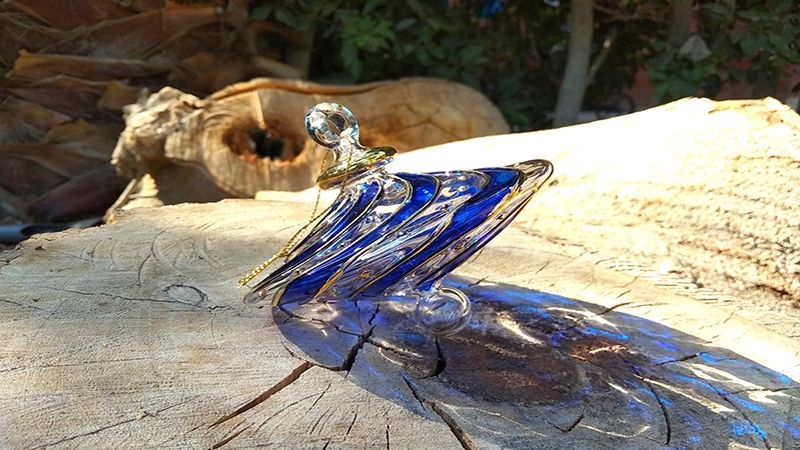

Mouth blown glass ornaments are among the most beautiful and sought-after Christmas decorations. These beautiful ornaments are made by skilled artisans using traditional techniques that have been passed down from generation to generation.
The Mouth blown glass ornaments are made by blowing air into a molten ball of glass, using a metal rod or pipe. This process is repeated until the glass is blown into the desired shape. Once the ornament is cooled, it is then hand-painted and glittered with fine details.
Christmas just wouldn’t be the same without these beautiful mouth blown glass ornaments!
The history of mouth-blown glass ornaments dates back to the time of ancient Egypt – up to 5,000 years ago! Egyptians used glass blowing techniques to create intricate pieces of jewelry and other decorative objects. These beautiful glass creations were used as precious gifts and for special occasions. It wasn’t until the Middle Ages that the tradition of mouth-blown glass ornaments became popular in Europe. There, skilled glassblowers were commissioned to create handheld ornaments to hang from trees. This tradition soon spread across Europe and eventually to the United States. Mouth-blown glass ornaments are now an integral part of Christmas celebrations around the world.
The process of creating mouth-blown glass ornaments is intricate and time-consuming. It requires a skilled artisan to be able to create a unique piece of glass art. The glassblower begins by heating glass rods in a fire. They then use a blowing tube to shape the molten glass into the desired shape. Once the shape is achieved, the glass is decorated or painted with an array of colors and detail to make the ornament come to life. Finally, the ornament is cooled, annealed and polished until it is ready for sale. The entire process of creating mouth-blown glass ornaments takes a great deal of skill, patience, and precision. It is a labor-intensive process, but the results are worth it!